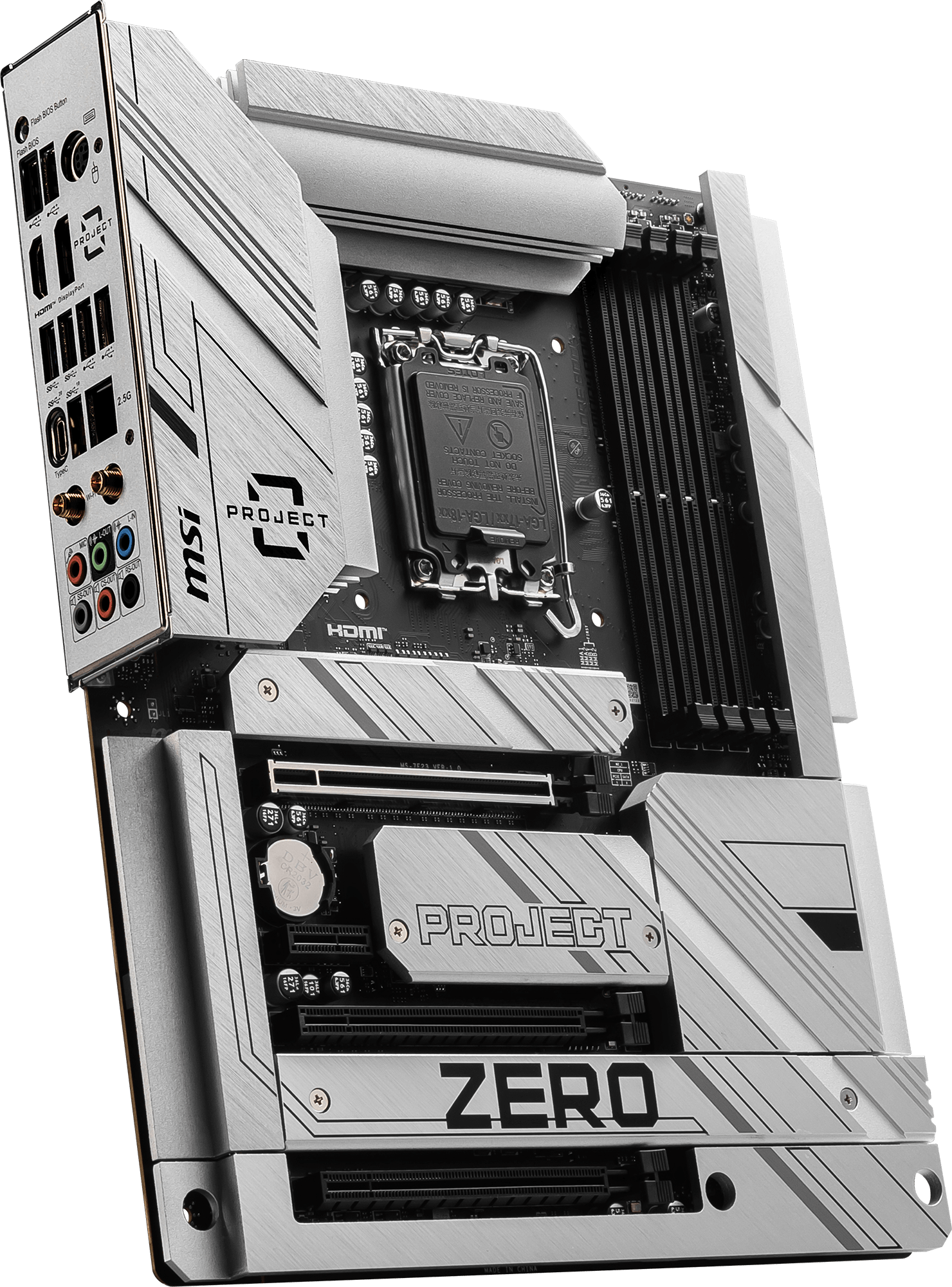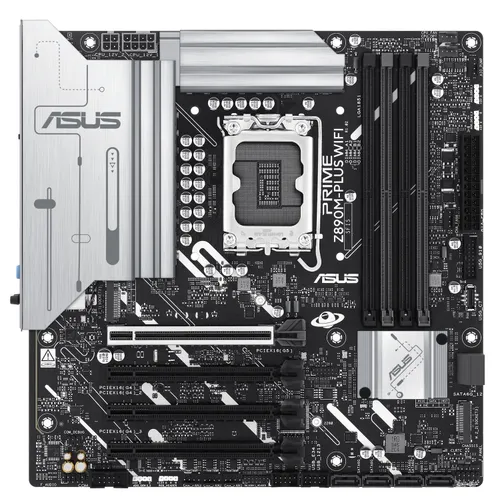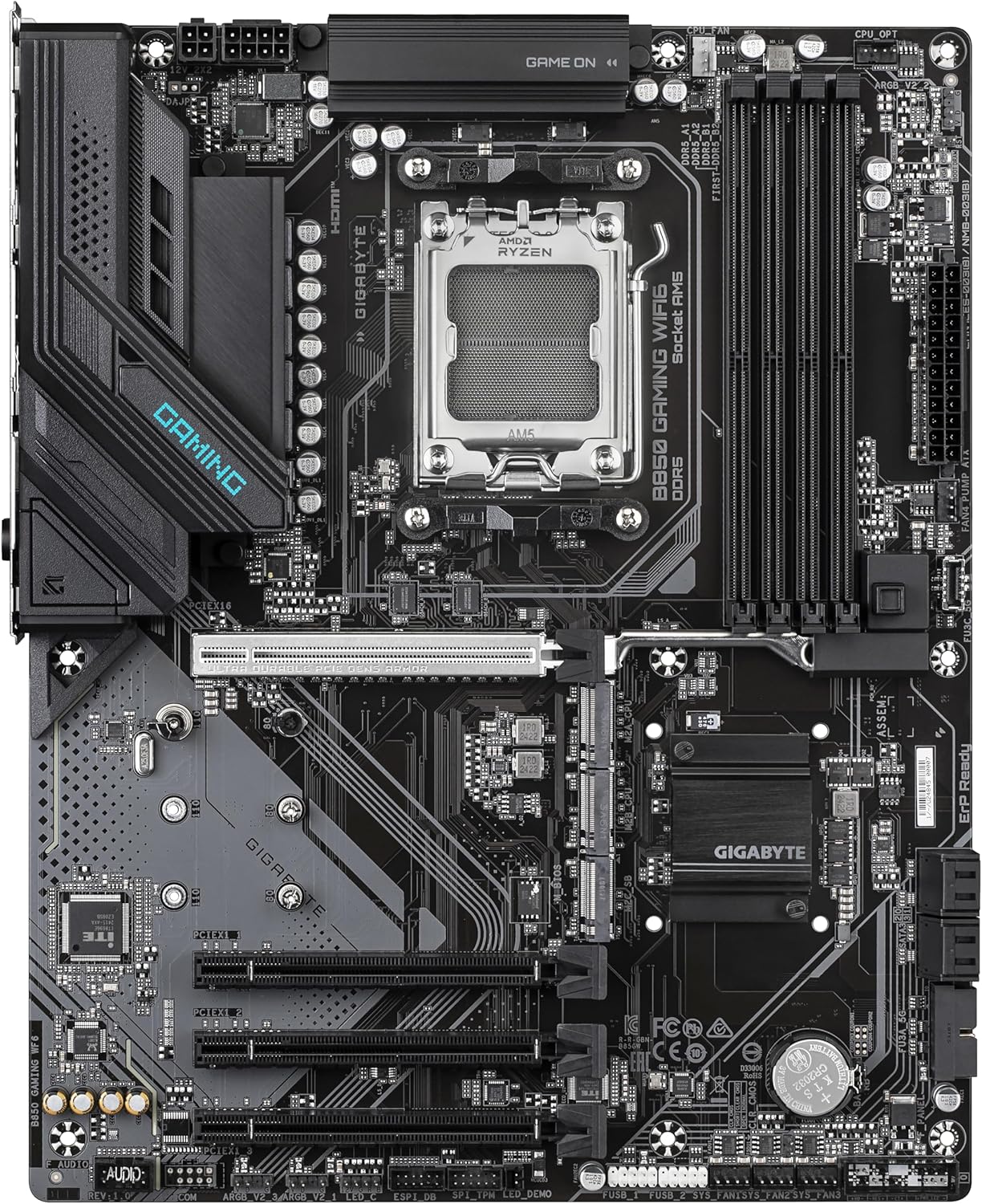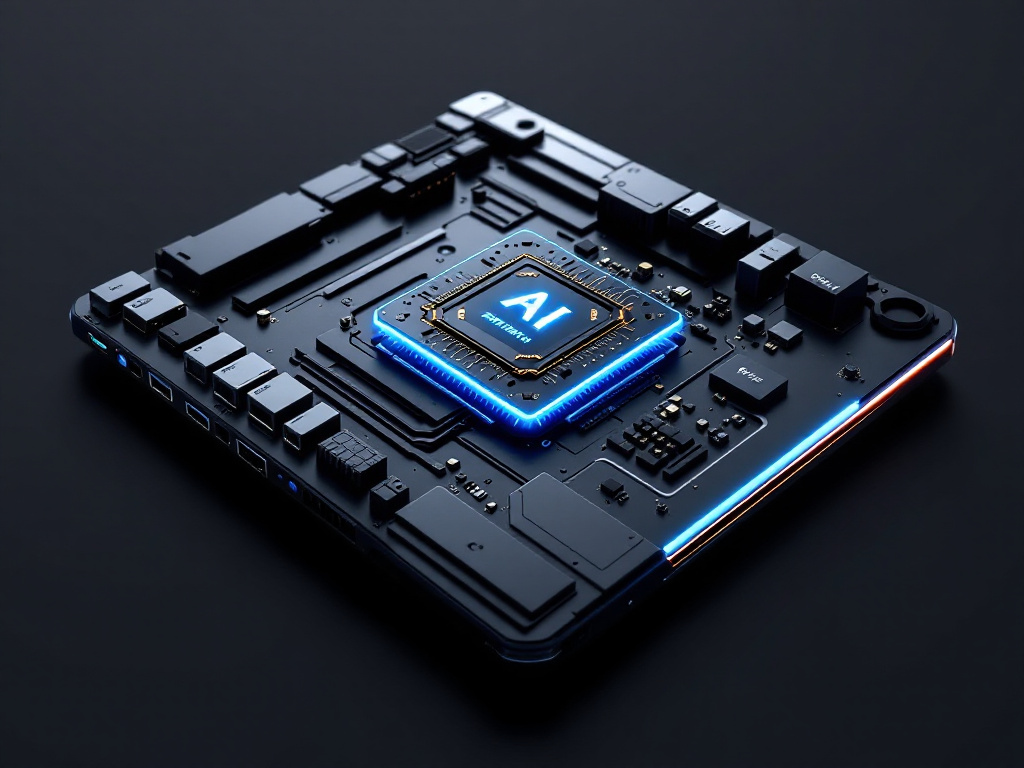The Invisible Foundations of Personal Computing
Motherboards are the invisible foundations on which the entire personal computing ecosystem rests. Each new generation brings innovations that redefine the rules of the game, pushing beyond the limits of hardware architecture and connectivity.
The year 2025 marks a new chapter in this story: manufacturers like MSI, ASUS, GIGABYTE, and AMD have unveiled platforms capable of revolutionizing not only performance but also the way we interact with our PCs. From AI integration to the aesthetic redesign of circuits, to extreme optimization for gaming and content creation, the new motherboards embody the perfect fusion of power and design.
In this journey through innovations and bold design choices, we will explore the technologies that will dominate the future of hardware.
MSI Project Zero: The Art of Functional Aesthetics
At the beginning of 2025, MSI unveiled the Project Zero line, introducing three new motherboards designed for Intel Core Ultra 200 Arrow Lake processors. These motherboards stand out for a bold design choice: placing connectors on the back. This solution allows for impeccable cable management, offering a clean aesthetic and optimized airflow inside the case.
The flagship models, such as the MAG Z890 Tomahawk WiFi PZ and its white variant, boast a 19-phase VRM, support for DDR5 RAM up to 9200 MHz, and cutting-edge connectivity with Thunderbolt 4, Wi-Fi 7, and 5 Gbps Ethernet. The Pro Z890-S WiFi PZ, with its silver PCB and elegant covers, represents the perfect blend of design and functionality.

ASUS Z890: Artificial Intelligence at the Service of the User
ASUS responded with the Z890 series, designed for Intel Core Ultra second-generation processors. These motherboards integrate the AI Advisor, a virtual assistant that guides the user through PC assembly and configuration, making the experience more intuitive.
Features such as AI Overclocking, AI Cooling II, and AI Networking II automatically optimize performance, cooling, and connectivity, making the most of the NPU integrated into Intel processors. The presence of Thunderbolt 5 ports and support for Wi-Fi 7 ensure unprecedented connectivity, while innovations such as NitroPath DRAM and ROG M.2 PowerBoost elevate memory and storage performance to new levels.

GIGABYTE B800 Series: Power and Simplicity for Everyone
GIGABYTE introduced the B860 and B850 series, dedicated respectively to Intel and AMD processors. These motherboards were designed to offer high performance to a wider audience, integrating the D5 Bionics Corsa suite, which, thanks to artificial intelligence, pushes DDR5 memory up to 9466 MT/s.
The AI SNATCH software allows RAM optimization with just a few clicks, while the AI-based PCB design ensures clean and stable signals. The X3D Turbo mode, specific for AMD Ryzen 9000 X3D processors, adjusts the number of cores to maximize gaming performance.
Attention to detail is also reflected in advanced thermal solutions and features that simplify PC assembly, making these motherboards ideal for both beginners and enthusiasts.

A Look at the Future: AMD B850 and B840
Looking ahead, AMD has announced the arrival of the B850 and B840 chipsets, expected in early 2025. These mid-range chipsets will support the new Ryzen 9000 CPUs with Zen 5 architecture, offering advanced features such as USB 4.0 at 40 Gbps and PCIe 5.0 lanes dedicated to both NVMe SSDs and graphics cards. The B850, in particular, promises a perfect balance between performance and cost, making it an attractive choice for those seeking upgrades without compromises.
2025 is shaping up to be a revolutionary year for motherboards, with leading manufacturers introducing innovations aimed at improving the user experience, both in terms of performance and ease of use. Whether it’s the minimalist design of MSI, the AI integration of ASUS, or the enhanced accessibility of GIGABYTE, the new motherboards represent the culmination of years of technological evolution, ready to meet the needs of an increasingly demanding and diverse community.








Leave a Comment